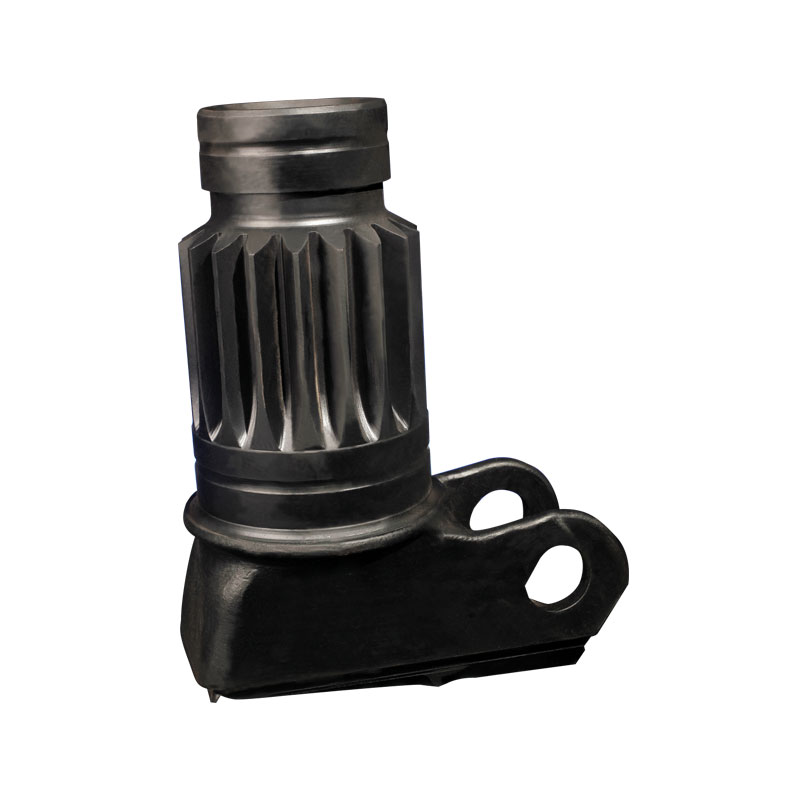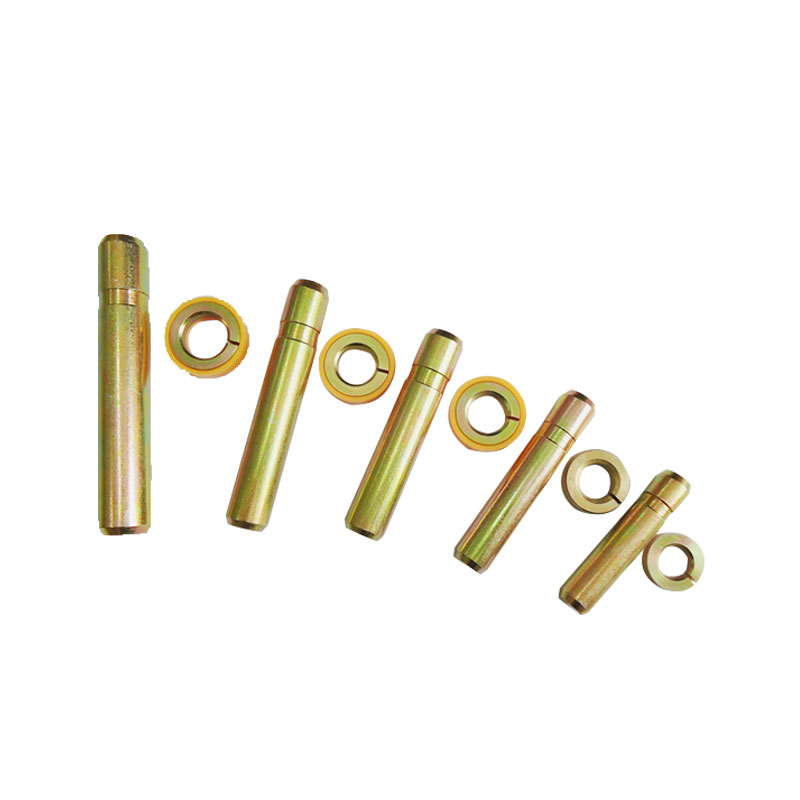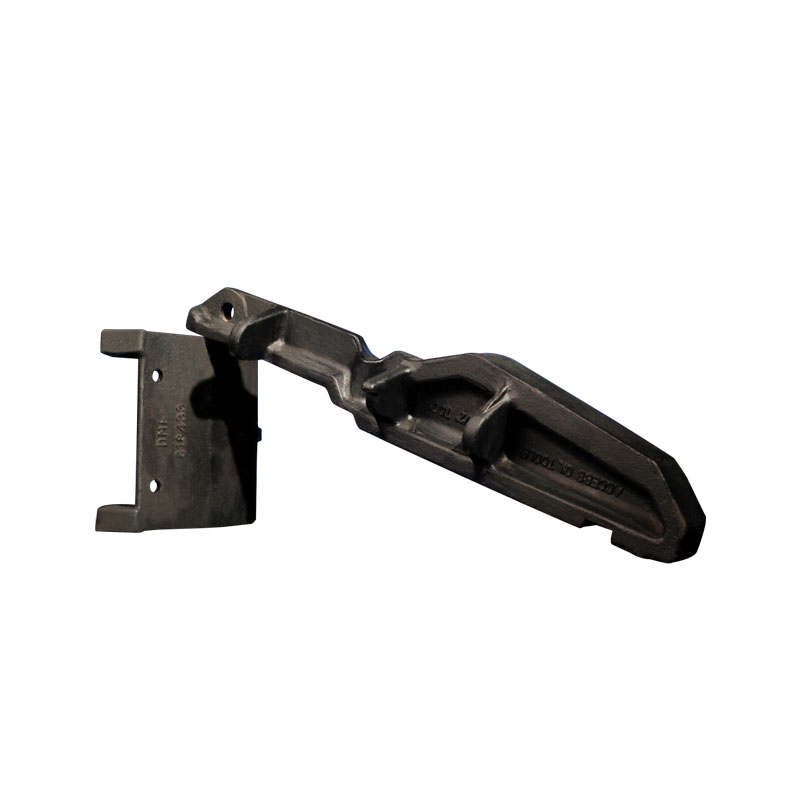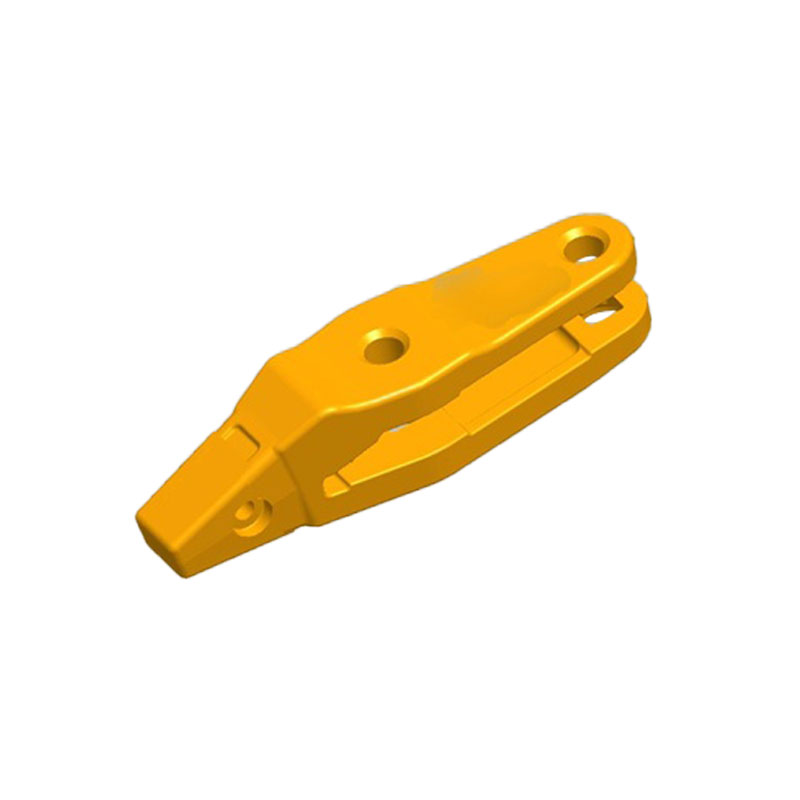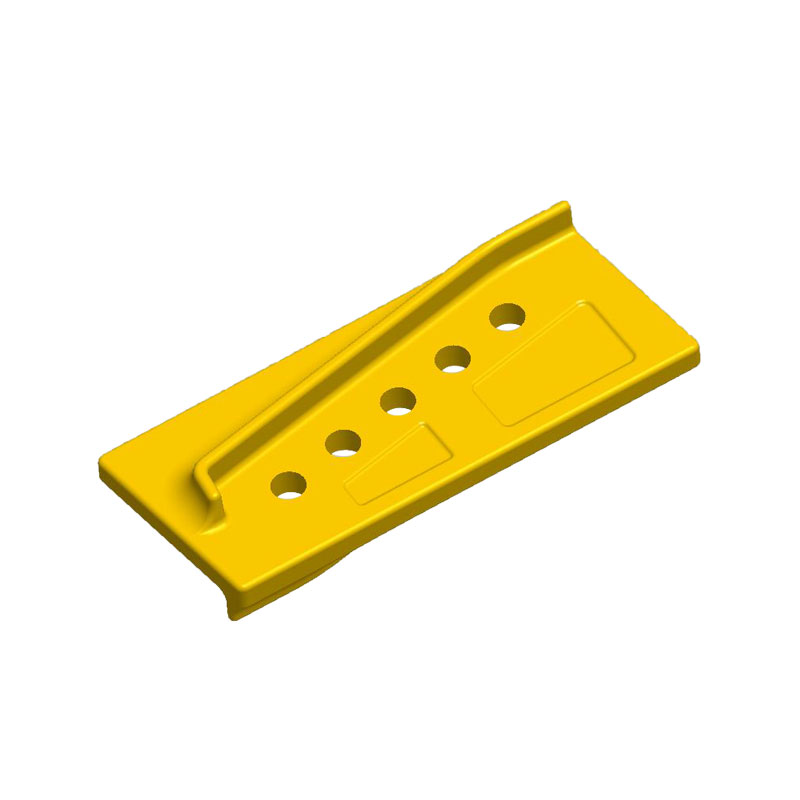Construction machinery casting parts need to perform we […]
Construction machinery casting parts need to perform well in a variety of harsh environments. These include high temperatures, dusty air and long periods of operation. When a part breaks down, it causes machine downtime and costs money. We understand your business needs and offer durable, cost-effective castings that will last for years to come.
Castings are typically fabricated from iron, aluminum, steel, stainless steel or brass materials. They are abrasion, acid and heat resistant. Prototypes, low to high volume production runs and secondary services including inspection, testing, assembly and delivery are provided.
Dimensional specifications can be influenced by several factors, including mold tooling, material type, sand density and mold shape. Tolerances should be agreed upon by the foundry and the customer before production begins.
Patterns with straight parting lines simplify molding and coring. They are more accurate and save time.
A core is a separate piece (usually made from molding sand) that is placed inside the mold to create openings and cavities that cannot be created by the pattern alone. This allows for increased parting and dimensional accuracy and reduces the number of cores needed.
Draft is the taper or slope assigned to cores and other parts of the die cavity. It helps prevent the casting from getting trapped in the mold or tool when ejecting it, and it also makes it easier to open and close the die.
Marks left on the surface by two metal flows filling the cavity out of sync are called “non-sync” defects. This can result in bubbles, voids and other defects.
